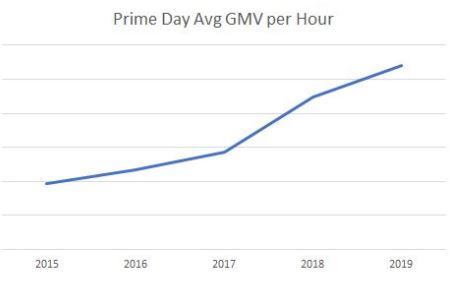
It can be especially tricky to balance cutting costs with providing quality digital experiences that drive sales. The solution will come down to analyzing your IT architecture and adopting a scalable approach to streamlining your product information systems.
The Importance of Investing in Digital
Product data management systems are the lifeblood of your business because they centralize, manage, and streamline your product data while boosting efficiency and eliminating silos.
Investing in product data management for your IT architecture is crucial. Gartner reports that 85% of CEOs doubled down on their digital investments in 2022, and there’s been a large jump in corporate spending on digital capabilities over the last four years. The quality and availability of your product data are critical to your business’s success.
At every touch point, consumers expect excellent product data, such as:
- Images
- Videos
- Product availability information
- Shipping details
- Pricing information
- Frequently asked questions (FAQs),
- Ratings
- Reviews
Consumers consider product information and pictures paramount when deciding what to buy.
Why You Should Adopt a Modern Product Data Management Approach
Brands all over the world have been facing the pressures to modernize their IT architecture to boost sales growth, get products to market faster, and increase operating efficiency, but few have an internal infrastructure built for change.
Many leading brands are shifting to cloud-based platforms that act as both a system of record and a system of work for their product information. An extensible, microservices-based architecture provides you with interoperability, agility, and scalability.
What Is a System of Record?
A system of record is the authoritative system where entity data is created, captured, and maintained. If your system doesn’t master retailer-specific fields, then it is, at best, only a system of reference. The real data that shoppers see is likely mastered elsewhere.
What Is a System of Work?
A system of work is a system of record that also provides strong functional support to facilitate content management directly within the system. If a system of work is successful, stakeholders are able to use it for every use case.
How You Can Achieve A Modern Product Data Management Approach
While the eventual goal is to get your entire organization connected to a centralized system of product data, the best way to make progress is by tackling change in bite-sized chunks.
Make headway toward the right IT architecture by mapping your full set of stakeholders and prioritizing one or two use cases to start. This allows you to deliver incremental business value over the course of the project.
3 Steps for Building an Efficient IT Architecture
Although you may start simplifying in one area of your business, plan ahead for the ripple effect any changes might have overall. Start by scoping your data requirements across your full supply chain. Anticipate that your data needs and endpoint requirements will change over time, and choose partners that are flexible enough to change with your business.
1. Choose the Right Product Information Management (PIM) System
Your product information is most impactful and beneficial to your business when it’s in market, which is why you should choose a PIM system with a flexible, comprehensive syndication.
Requirements for syndication technology will vary across your endpoints, so before committing to a PIM — or if you’re consolidating your existing systems — ensure you have flexible pathways set up for sending your data to current and future endpoints.
2. Look for Systems That Can Handle Flexible Data Modeling
In a world where new trends — like non-genetically modified organism (GMO) foods, ethically sourced clothing, or quarantine-friendly toys — can come from a viral video or a news event, your business needs to be agile to stay competitive.
Inside-out data modeling that only takes your internal standards into account doesn’t cut it anymore. Choose the systems that allow you to empower business users to adapt market-facing data quickly.
3. Connect Your Front- and Back-End Departments
By integrating your front- and back-end systems, you can empower your teams to provide real-time data to retailer customers, avoid promoting out-of-stock inventory, quickly overcome supply chain issues on customer-facing channels, and test direct selling channels.
Win on the Digital Shelf With a Stacked IT Architecture
The efficiency and effectiveness of your product data management are critical business issues. Digital transformation initiatives rely on the management, enrichment, and movement of data.
Streamlining your product information systems and vamping up your IT architecture will empower a great number of business stakeholders, reduce errors in market, and speed time to market.






